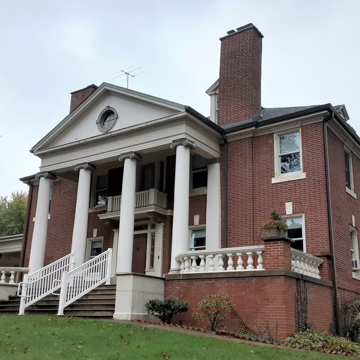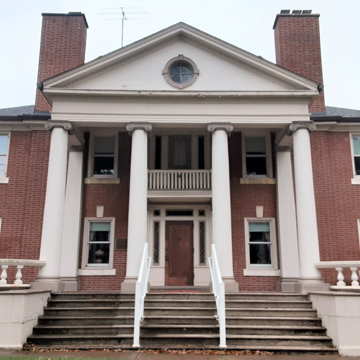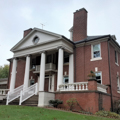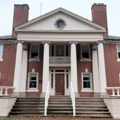You are here
YWCA (William Augustus Huff House)
This Colonial Revival house was designed for industrialist William A. Huff by an unidentified local architect (possibly Beezer Brothers, twins from Altoona who earlier had
A number of red brick Colonial Revival houses were built in the early 1900s in the adjacent 300 and 400 blocks of N. Maple Avenue, which have been designated the Academy Hill National Register Historic District.
Writing Credits
If SAH Archipedia has been useful to you, please consider supporting it.
SAH Archipedia tells the story of the United States through its buildings, landscapes, and cities. This freely available resource empowers the public with authoritative knowledge that deepens their understanding and appreciation of the built environment. But the Society of Architectural Historians, which created SAH Archipedia with University of Virginia Press, needs your support to maintain the high-caliber research, writing, photography, cartography, editing, design, and programming that make SAH Archipedia a trusted online resource available to all who value the history of place, heritage tourism, and learning.





